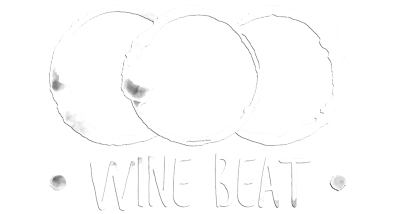 Vinho Verde wines come from Portugal’s achingly beautiful, pastoral north
Vinho Verde wines come from Portugal’s achingly beautiful, pastoral north
For the adventurous wine drinker Vinho Verde is an area that will arouse intense interest. There is a lot going on here and the wines and the region have a story that is much more complex than meets the eye. This is one of those regions that has developed a reputation based on an easy drinking, inexpensive wine style. The name is synonymous with light, summer patio wines. Even the sound of the name, to the untrained ear of a non-Portuguese speaker, suggests wines that are light and “un-serious”. Vinho Verde is gearing up to change that reputation.
If you are the type who likes to get in early and participate in the transformation of a captivating wine region as it evolves to higher quality, then Vinho Verde will grab your attention. To a significant degree this transformation is occurring as winemakers focus more on bringing out the character of individual grape varieties (including making single varietal wines) from specific sub-regions. So instead of blending varieties into an easy-drinking generic sipper, the winemakers are crafting more rich, complex and flavourful wines. In doing so they are establishing distinct niches and making wines that speak of each place.
The attractions of the area are multiple. It’s entirely possible that you explore Vinho Verde as part of a trip to Portugal. If you do go then it is a really good idea to include this region in your itinerary. It is green and lush with dramatic hills cut by 4 major river valleys and is reminiscent of the Pacific north-west of North America. Travel including food and wine is an incredible value here and so gastronomy is an affordable joy. The people are friendly and the wine touring atmosphere is soothingly relaxed.
Why Vinho Verde for Wine?
Of course you can enjoy Vinho Verde wines in their blissful, cheap and cheerful state over a summer BBQ and never worry too much about the wine-nerdy intricacies of the region. The wines have become an international hit for their approachability and the amazing value they represent. Note that Portugal’s economic crisis of the past decade has made most Portuguese wines a relative steal. On the other hand, the renaissance that is happening in terms of focus on specific varietals in specific regions is a worth taking a look at. Here is a very brief primer.
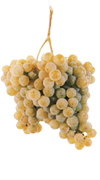
1. Most Vinho Verde is usually a blend of several grape varieties. Most typically Alvarinho, Avesso, Azal, Arinto, Loureiro, and Trajadura are used although there are many more varieties in use.
2. There are red wines from Vinho Verde but you are not likely to encounter these outside of Portugal.
3. There are nine sub-regions in Vinho Verde and each has its own climate and soils and some grape varieties suit one region better than another.
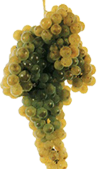
4. Monção and Melgaço sub-region is the most northerly, is directly next to the Rias Baixas region across the border in Spain and, unsurprisingly, makes excellent Alvarinho (the same grape as Spain’s Albariño). Single varietal Alvarinho can be called Vinho Verde only if it comes from this sub-region. Watch these wines, they are one of the future stars that will lift Vinho Verde’s reputation.
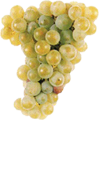
5. The sub-regions of Baião, Paiva, Amarante and Sousa in the south have warmer climates and can produce excellent Avesso grapes. This is another rising star and the single varietal version lends itself to barrel-aging and a longer lifetime. Watch for this one.
6. Loureiro is grown throughout Vinho Verde for blending. But in certain regions its more rich and nuanced characters (more tropical and tending to stone fruit) come out beautifully. Be on the lookout for single-varietal or Loureiro-dominant wines from the subregions of Lima, Cávado, Ave and Sousa.
Check out www.winetourismportugal.com for more information on visiting Vinho Verde’s wine country.
For more on the regions and varieties see the very informative www.winesofvinhoverde.com
Where is Vinho Verde?
Vinho Verde is located in the top north-western corner of Portugal and adjoins Rias Baixas at the border with Spain. It has many of the same climatic conditions but the rivers that bisect Vinho Verde do not have the dramatic fjords that Rias Baixas displays. The river valleys are relatively steep, heavily forested and cut with terraces. The topography and climatic conditions in the various subregions varies somewhat significantly from cooler and wetter coastal and norther regions (100 – 200m elevation) to the slightly warmer and dryer inland regions (300-400m).
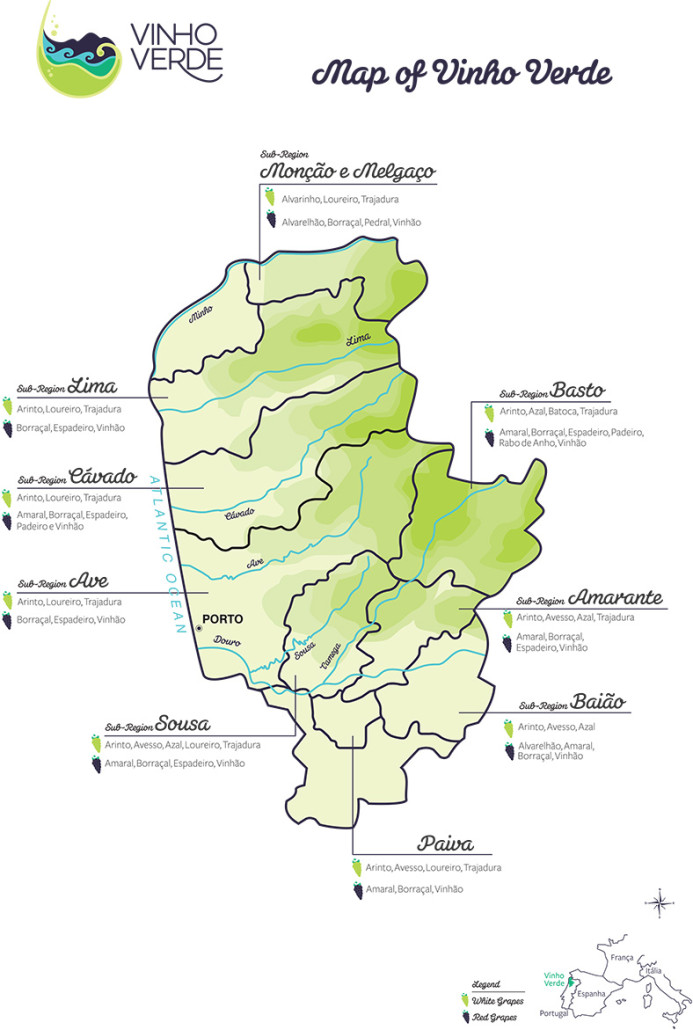
Who are The Winemakers?
While there are many very good Vinho Verde producers, look out for the ones that are doing something special – like single varietal wines or organic bottlings. Keep an eye out for Quinta de Santa Cristina, Casa de Mouraz, Aphros Wine, Quinta de Soalheiro, Quinta do Ameal, Quinta da Aveleda and Arca de Nova.
When to Visit Vinha Verde?
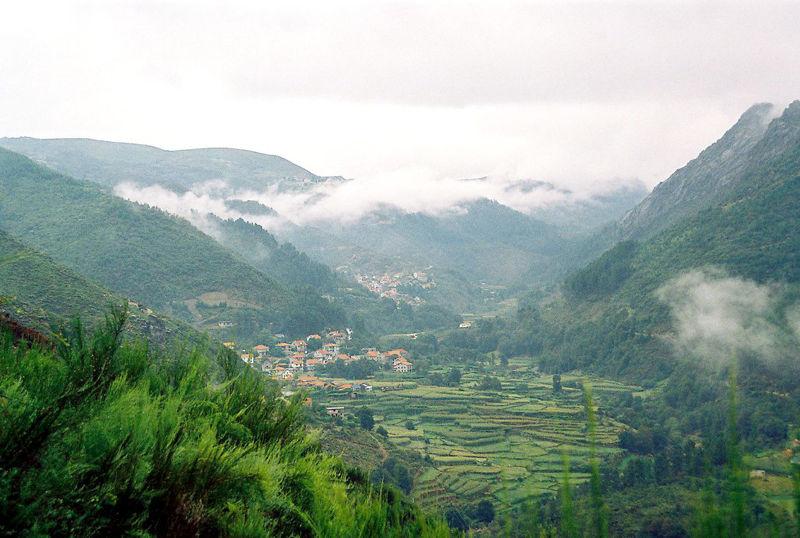 Vinho Verde (it looks a bit like Washington State or BC or even Ecuador)
Vinho Verde (it looks a bit like Washington State or BC or even Ecuador)
Summertime is best in order to enjoy the climate and make the most of wine touring and the coastal towns and beaches. You might want to take in the Vinho Verde Wine Fest in July! www.vinhoverdewinefest.com
Useful Links:
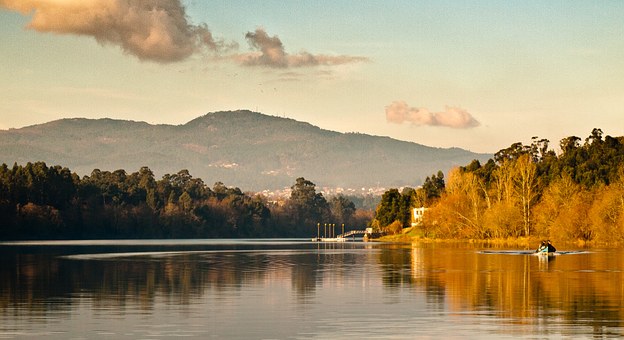 The Minho River separating Portugal and Spain and home to some of the best, Alvarinho-based Vinho Verde
The Minho River separating Portugal and Spain and home to some of the best, Alvarinho-based Vinho Verde
Photo credits www.winesofvinhoverde.com and pixabay
